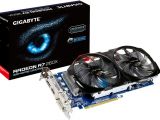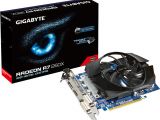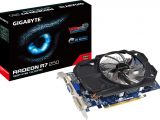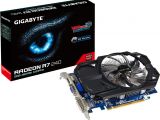Like so many other companies that spoke up this week, Gigabyte has put together a complete collection of new AMD-based graphics cards. Here are the three weakest in its lineup, the R7 series.
In all honesty, calling the Radeon R7 250 and R7 240 graphics cards “weak” is a bit of an overstatement. After all, “Bonaire” and “Oland” aren't exactly a slouch among graphics processing units.
Sure, the GV-R724OC-2GI, Gigabyte's Radeon R7 240 adapter, only has 2 GB of DDR3 RAM (1.8 GHz), not GDDR5 like the R7 250, but it's still pretty powerful.
It has to be. They both need to be, otherwise there would be no point in getting them since today's Intel CPUs and AMD APUs (especially APUs), have decent integrated graphics of their own.
The Radeon R7 240, as we said, is the weakest in the collection, with a 900 MHz GPU clock (factory overclock, reference being 780 MHz).
The Radeon R7 250 is one level above it, with an “Oland” GPU working at a solid 1100 MHz instead of the reference 1050 MHz.
The 1 GB of GDDR5 uses a 128-bit interface to communicate with the chip. Their clock frequency is of 4.5 GHz (unchanged). The R7 250 also has 284 stream processors, 24 TMUs, 8 ROPs.
That leaves the Radeon R7 260X, and Gigabyte actually has three of these. Two are GV-R726XWF2-2GD revisions 1 and 2, and the third makes do with a fan-heatsink cooler. They don't really differ in specifications much though.
Thus, they have factory overclocked GPUs working at 1188 MHz (versus reference 1100 MHz), 2 GB of GDR% VRAM at 6.5 GHz clock, and a 128-bit interface.
The Gigabyte Radeon R7 240 video card should have a price of around $89 / €89, the Radeon R7 250 of $150 / €150 or so, and the R7 260X of $199 / €199.
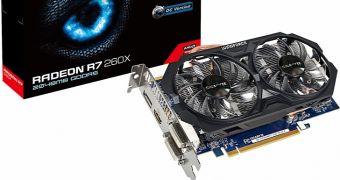
 14 DAY TRIAL //
14 DAY TRIAL // 
